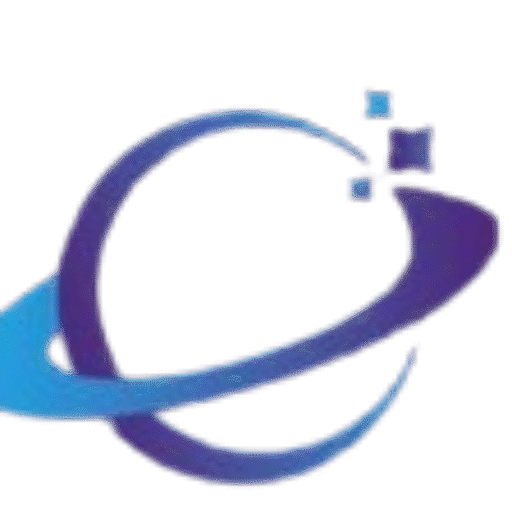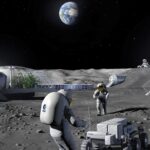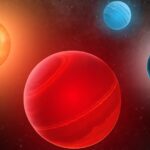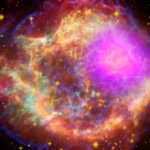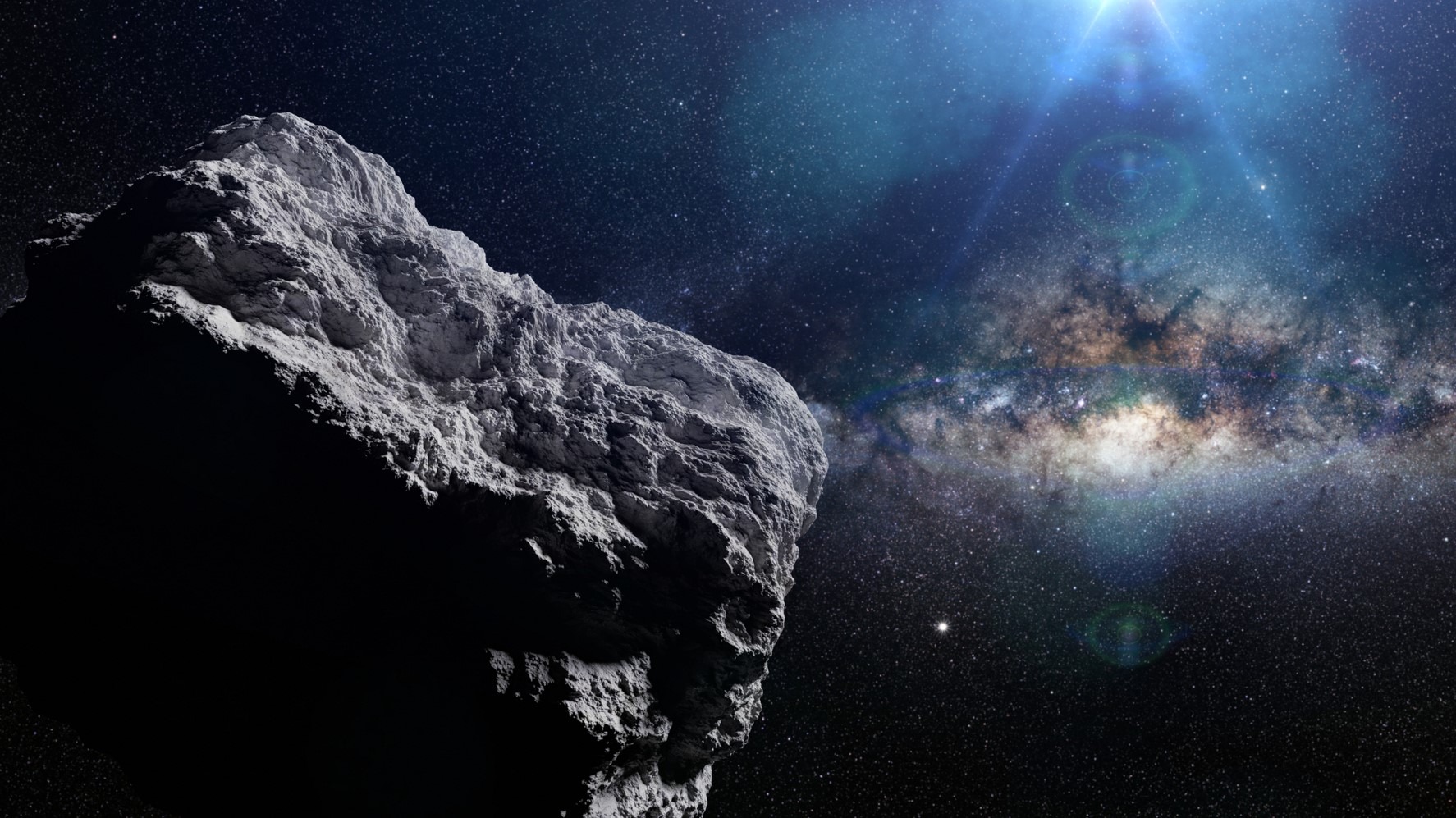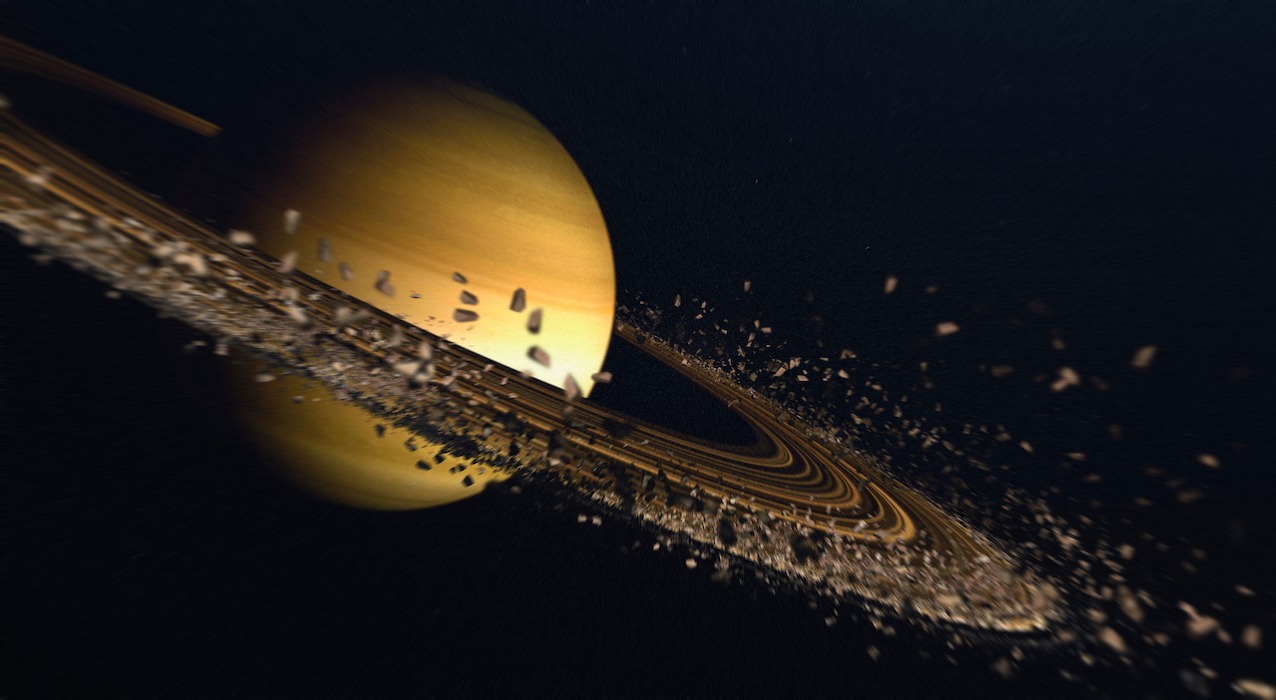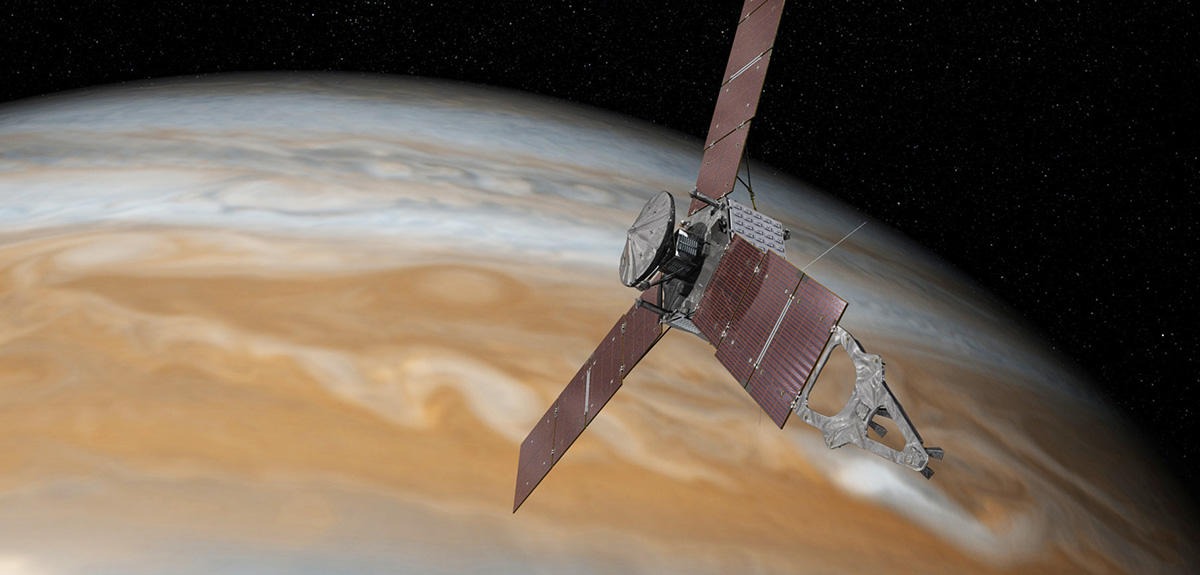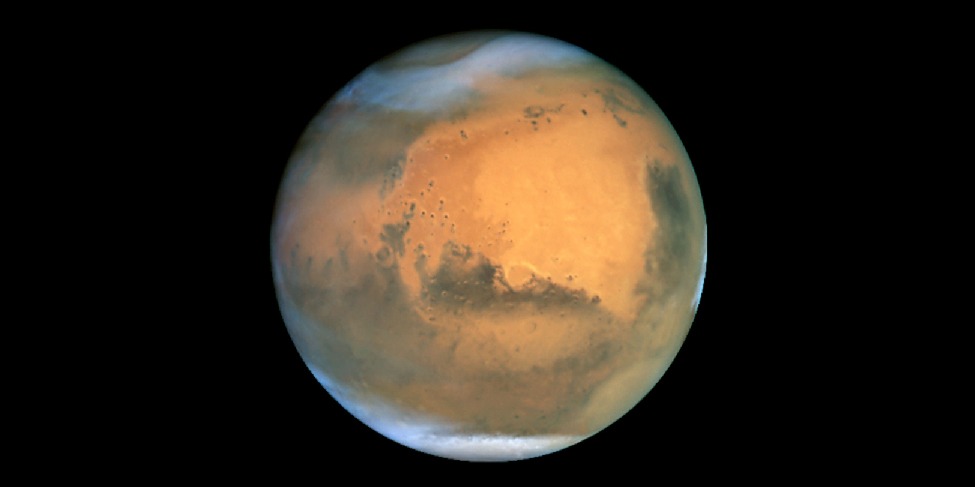Asteroids are a fascinating and important part of our cosmic neighborhood. They are ancient time capsules from the beginning of our solar system, and they hold many secrets about how our planets and our Sun were formed. They are also a constant reminder that Earth is a cosmic target. In this article, we will take a deep dive into the world of asteroids, exploring what they are, where they live, what they are made of, and why they are so important to science and to the future of humanity.
What Is an Asteroid? A Rock from the Beginning
An asteroid is a rocky, airless object that is left over from the formation of our solar system, about 4.6 billion years ago. They are much smaller than planets, but they are larger than the small pieces of rock and dust we call meteoroids. The largest asteroid, Ceres, is about 590 miles (950 kilometers) wide, but most of them are much smaller, and many are as small as a pebble.
Asteroids are not round like planets. Most of them have an irregular shape, with jagged and uneven surfaces. They are a bit like the junk that is left over on a construction site after a building is built. They are the leftovers from the process of planet formation.
Where Do Asteroids Live? The Asteroid Belt
Most asteroids live in a huge, donut-shaped region of space between the orbits of Mars and Jupiter. This region is called the Asteroid Belt. It is a place that is full of millions of asteroids of all sizes.
So, why is there a huge belt of asteroids between Mars and Jupiter? Scientists believe that in the early solar system, all the planets were forming from a disk of gas and dust. In the region between Mars and Jupiter, a planet was trying to form. But the powerful gravity of the giant planet Jupiter was so strong that it pulled on the small clumps of rock and dust, stopping them from ever coming together to form a full-fledged planet. The asteroids in the Asteroid Belt are the pieces of a planet that never came to be.
While the Asteroid Belt is where most of the asteroids live, they are also found in other parts of our solar system. Some of them are found in the orbital path of planets, called Trojans, and some of them have orbits that bring them close to Earth. These are called Near-Earth Objects (NEOs), and they are a key focus of our Planetary Defense programs.
The Different Kinds of Asteroids: Not All Rocks Are the Same
Just like the planets, asteroids are not all the same. They have a huge variety of compositions and are made of different kinds of materials. Scientists classify them into a few main types based on what they are made of.
- C-type (Carbonaceous) Asteroids: These are the most common type of asteroid, making up about 75% of all known asteroids. They are very dark and are believed to be rich in carbon, clay, and silicates. They also contain a lot of water and organic molecules, which are the building blocks of life. These asteroids are like ancient relics from the beginning of our solar system, and they have not changed very much over billions of years.
- S-type (Stony) Asteroids: These are the second most common type of asteroid, making up about 17% of all known asteroids. They are much brighter than the C-type asteroids and are found closer to the Sun. They are made mostly of silicate minerals, like rock, and they also contain a small amount of nickel and iron.
- M-type (Metallic) Asteroids: These are a more rare type of asteroid. They are very bright and are believed to be made mostly of nickel and iron. Scientists believe that these asteroids are the leftovers of the cores of larger planets that were destroyed in a collision long ago. They are a treasure trove of valuable metals like gold, platinum, and rhodium.
The Importance of Asteroids: Why We Study Them
We don’t just study asteroids out of a simple curiosity. They are incredibly important for a few key reasons.
- A Look Back in Time: Asteroids are like cosmic time capsules. They are leftovers from the formation of our solar system, and they have not changed over billions of years. By studying them, we can learn about the conditions of the early solar system and how our planets formed. The materials they contain can give us a lot of information about the history of planets and the sun.
- The Building Blocks of Life: Some scientists believe that asteroids might have played a role in the beginning of life on Earth. Asteroids are rich in water and organic molecules. It is possible that asteroids and comets that hit Earth long ago brought water and the building blocks of life with them, which helped to start the first life on our planet.
- A Source of Resources: This is a very exciting and futuristic idea. Asteroids are believed to contain a huge amount of valuable resources, from water to rare metals. By mining these asteroids, we could one day get the resources we need for a new economy in space. We could use the water from asteroids to make rocket fuel and to provide water for astronauts. We could also get a huge amount of valuable metals that are very hard to find on Earth.
The Danger: Asteroids and Earth
While asteroids are very important for science, they are also a potential threat to Earth. We have a lot of evidence that asteroids have hit Earth in the past. The most famous example is the asteroid that hit Earth 66 million years ago and wiped out the dinosaurs.
Today, scientists are working on a new field of science called Planetary Defense. The goal of this science is to find any dangerous asteroids and comets that are heading our way and to figure out how to stop them. We use a network of powerful telescopes on Earth and in space to constantly scan the sky for Near-Earth Objects (NEOs). So far, we have found that there are no major threats to Earth for at least the next 100 years. But the search never stops, and we are also working on a plan to deal with a threat if it ever comes.
Missions to Asteroids: Our Eyes and Hands
The best way to learn about asteroids is to go and visit them. Over the last few decades, NASA and other space agencies have sent a number of missions to asteroids.
- The Dawn Mission: This NASA mission was the first to orbit two different objects in the Asteroid Belt, the giant asteroid Vesta and the dwarf planet Ceres. It sent back a wealth of new information about these two worlds, including evidence of water ice on Ceres.
- The Hayabusa Missions: The Japanese space agency (JAXA) has sent two missions to asteroids. The first mission, Hayabusa, visited an S-type asteroid and returned a small sample to Earth. The second mission, Hayabusa2, visited a C-type asteroid named Ryugu and returned a sample that was rich in water and organic molecules.
- OSIRIS-REx: The NASA OSIRIS-REx mission visited an asteroid named Bennu and collected a large sample of rock and soil, which was returned to Earth in 2023. Scientists are now studying the sample for clues about how planets formed and if asteroids could have brought water and organic molecules to Earth.
Conclusion
Asteroids are not just cosmic debris. They are an incredibly important part of our solar system’s history and our future. They are time capsules from the beginning of our solar system, and they hold many secrets about how our planets were formed. They are also a potential source of great wealth, and they could be the key to our future in space.
The missions that we have sent to asteroids have completely changed our view of these cosmic rocks. We now know that they are not just boring pieces of stone but a diverse and fascinating group of worlds. The future of asteroid exploration is a very exciting one, and the mission to bring back samples to Earth will give us a new and more detailed look at the secrets of these cosmic time capsules.
